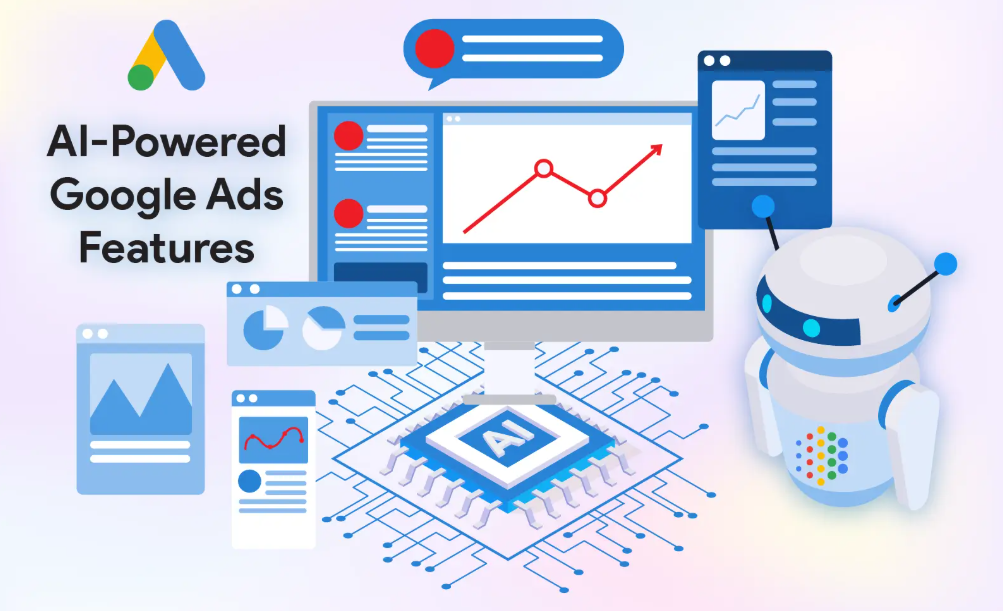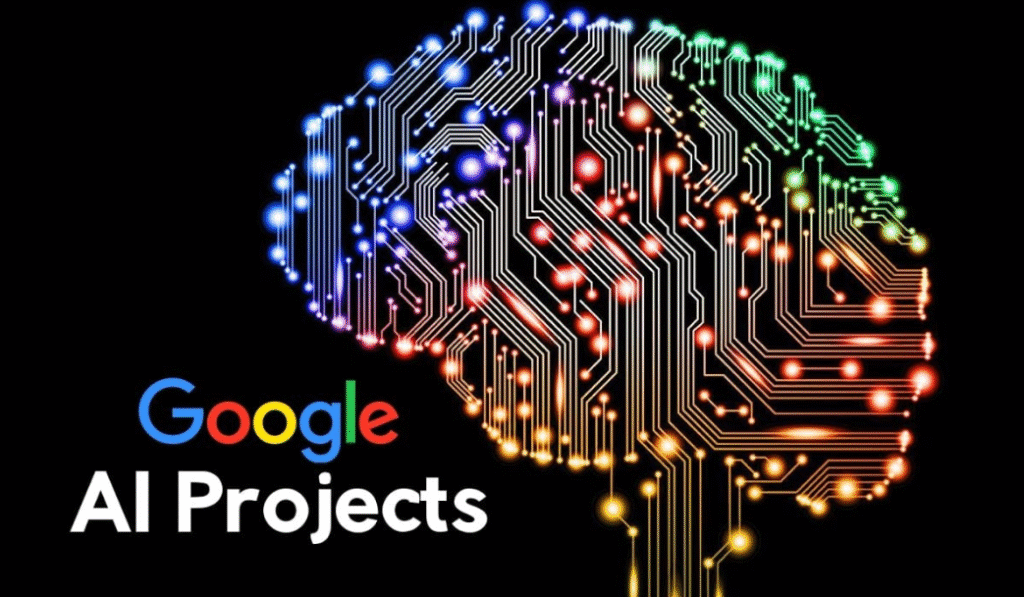Google has introduced Web Guide, a new AI-driven search feature that organizes search results into clear, helpful categories. Developed under its Search Labs testing program and powered by the Gemini AI model, Web Guide transforms traditional searches into a smarter, more structured exploration process.
Web Guide Roles for Users and Search Navigation
Web Guide takes complex or open-ended queries and breaks them into meaningful subsections. These include themes like travel guides, safety tips, and personal experiences. Instead of a long list of links, users see AI generated headings, helpful summaries, and categorized web content. This design makes it easier to explore layered questions and find relevant information quickly. Unlike regular AI Overviews, Web Guide’s structure feels more like a thoughtfully organized guide than a keyword list.

This feature uses a query fan-out technique: Google runs multiple related searches in parallel to uncover content that standard searches might miss. Because Web Guide groups information into topics, it helps users discover new ideas or sources they wouldn’t normally see.
Who Will Benefit Most from Web Guide?
This feature proves useful for users with detailed, exploratory questions, where clarity and insight matter more than transaction. Search queries on topics like travel planning, personal development, or research gain structure and visual clarity. Instead of filtering through dozens of unrelated links, users get organized sections and easier navigation.

For publishers, Web Guide could bring new traffic from users exploring grouped links. But AI Overviews have already reduced click rates for many websites, raising concerns that less traffic may come from people relying on summaries instead of visiting pages
How Web Guide Compares to AI Mode and AI Overviews
Google has been gradually reshaping how users interact with its search engine, using artificial intelligence to enhance both speed and relevance. Among these AI-powered tools, AI Overviews and AI Mode have already become familiar to many users. AI Overviews offer short, automatic summaries of key points at the top of search results. These are helpful when users want quick, digestible information without scrolling through multiple links.
AI Mode, on the other hand, goes much deeper. Introduced as a more advanced tool, it presents entire pages built from AI-generated content. These pages might include comparison tables, side-by-side feature breakdowns, detailed explanations, and follow-up suggestions. AI Mode works well for more complex or technical searches by synthesizing information from multiple sources and presenting a polished, conversational output.
With Web Guide, Google continues its shift from simple searches to structured, intelligent, and user-friendly experiences. It demonstrates an evolution from blue links to smart directories, while balancing between quick overviews and precise AI-assisted deep dives.


 McKinsey sees AI transforming underwriting and claims work
McKinsey sees AI transforming underwriting and claims work  Can Artificial Intelligence Be a Religious Entity?
Can Artificial Intelligence Be a Religious Entity?  Meta Tried to Poach OpenAI Staff with Huge Bonuses, Says Altman
Meta Tried to Poach OpenAI Staff with Huge Bonuses, Says Altman  AI in Music 2025 The Future of Sound
AI in Music 2025 The Future of Sound  AI Applications in Healthcare Transforming Patient Care in 2025
AI Applications in Healthcare Transforming Patient Care in 2025